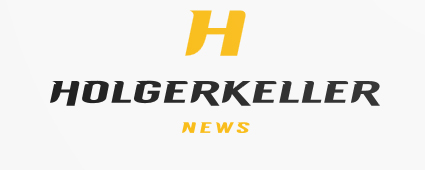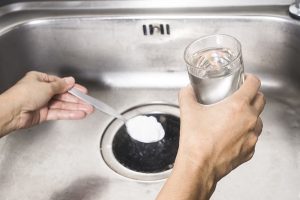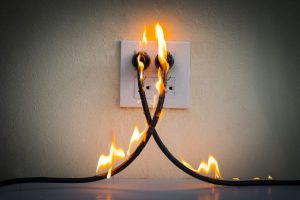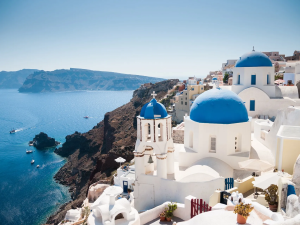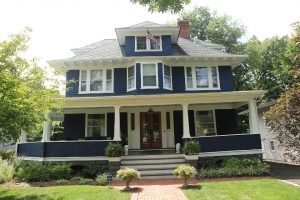5 Materials used for interior painting
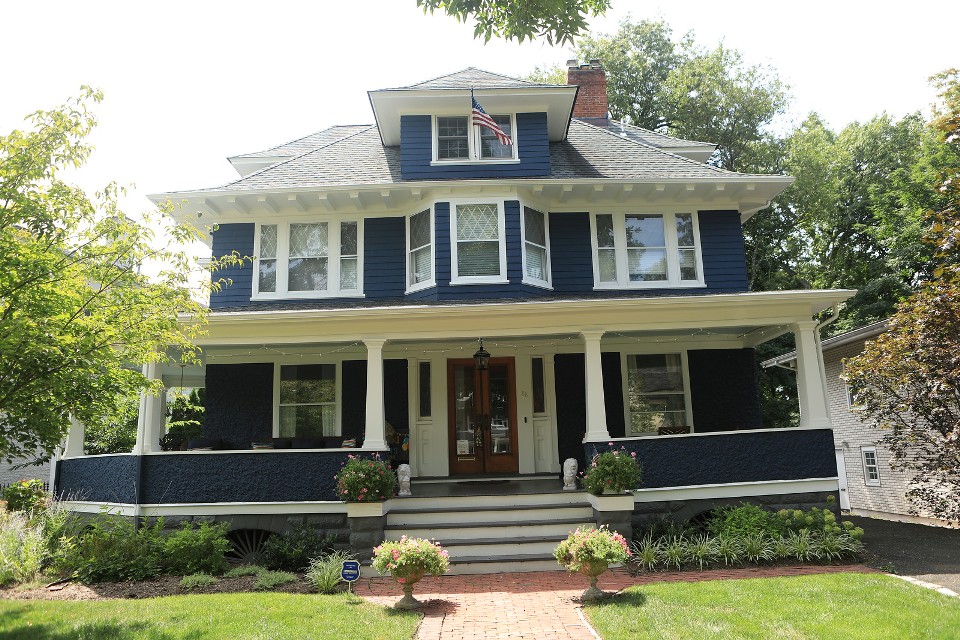
5 Materials used for interior painting
Interior Painting is a smart and economical way to renew your home or office and your mood, but it is also necessary for the proper maintenance of each space. If you are planning to paint interiors, either on your own or with the help of a professional, it is useful to know some basics around the available paint categories and materials that will help you get the best result.
If you are still worried, read here the important reasons why you should paint your house. Regarding the selection of the appropriate shades for the interiors of your home, you can read here, our detailed guide.
Before choosing the color, you should know that for interior painting, plastic paints and watercolors are the main choices, with plastic paints having the dominant position. In addition to the plastic paint, you will need a plastic paint primer (substrate) and putties.
1. Interior painting: The plastic color
Plastic paints are best applied on trowel surfaces and are divided into two main categories, simple or conventional and ecological. Simple plastic paints contain chemicals in their composition and this is their main difference from ecological ones, which are environmentally friendly, non-toxic and completely odorless paints. Simple and ecological, they are available in a huge variety of colors and shades.
Plastic paints, both conventional and eco-friendly, are characterized by high coverage, durability and are easy to apply even by someone who is not a professional. In the trade there are various options in plastic colors, such as washable, energy, antimicrobial, etc.
First of all, you can find in the market plastic paints with great resistance to washing, even the frequent. These paints create on their surface a hydrophobic membrane which prevents the penetration of liquid stains into the paint. Thus, they can be cleaned with soap and water easily and often, without leaving stains on their surface. Eco-washable paints are great for almost any interior of the house and especially for children’s rooms.
Categories of plastic painting color
There are also energy-insulating plastic paints. These paints prevent the transfer of heat during the winter and cooling during the summer through the walls, thus reducing losses and saving money. In particular, part of the heat or cooling is reflected inside the space and part is “stored” on the interior surfaces of the walls, so that it is returned to the space when the heating or cooling system ceases to be operational. This achieves significant energy savings.
A basic category of plastic paints are antimicrobials. These paints contain fungicides in their composition and prevent the growth of bacteria and mold. They are ideal for areas with water vapor and increased humidity, such as the kitchen and bathroom. You can also find color combinations for your bathroom in our relevant article.
Finally, plastic paints are available in many other sub-categories. There are colors with extremely high coverage, so that one coat of paint is enough. These are ideal when there is not enough time or for places that are painted often, such as hotels, schools, etc. There are also “non-flammable” plastic paints, which prevent the growth and spread of the flame.
2. Plastic colors and gloss
Most plastic paints are also available in different glosses, i.e in matte, satin or glossy finish. Gloss is an important factor. The same shade may look different to the eye in matte and different in satin finish, so you should pay attention to this issue as well.
interior painting The colors with matte finish have a subtle gloss and cover any imperfections that may be present on the wall surfaces. They are easy to repair and are ideal for places with heavy use, such as living rooms, dining rooms, bedrooms, etc. Also, the matte finish is suitable for its application on ceilings, due to the minimal reflection.
Satin colors have a minimal sheen that is visible when viewed from an angle. With these colors are relatively visible imperfections that can start on the surface of the walls, but have the advantage of resistance to washing.
Glossy colors give a very smooth look to the wall surfaces and highlight modern spaces. They create a very hard surface with excellent resistance to washing, but even the slightest imperfection on the surface of the walls is visible. It is a good choice for kitchens and bathrooms thanks to their high durability.
3. Interior painting: Watercolor
Watercolor is a type of paint that can be applied directly to surfaces made of plaster, lime or on old watercolor without prior preparation with substrate or trowel.
It has the advantage that it is a color that breathes since it leaves the pores open on the wall and is suitable for ceilings, bedrooms, kitchens or bathrooms, but also stairwells or storage rooms. It is an economical solution and is very easy to apply, since there are no marks left by a roller or brush on its surface. And watercolor is available in a very large number of shades.
4. Interior painting: Substrates
The preparation of the surface to be painted and the use of the appropriate substrate is a determining factor for the final result after painting. Substrates, or commonly primers, are available for both troweled and troweled surfaces, as well as for plaster or plasterboard applications.
Substrates reduce imperfections, enhance the adhesion of the paint and prevent the appearance of old stains on the surface to be painted.
5. Interior painting: Putties
For a better and smoother final result on the surfaces of the interior walls, it is necessary to precede troweling, whether it is plastered brick walls or plasterboard. Large surface troweling putties are commercially available and are diluted with water. They work easily, cover any imperfections and after rubbing create a smooth surface ready to be painted with any type of paint.
For small local imperfections, cracks or holes there are acrylic putties that are easily applied locally to all surfaces (plaster, plasterboard, etc.) and with a little rubbing can be painted. For larger cracks in the wall, consider using the powder trowel putty mentioned above for greater economy and better results.
If you have decided to paint the interior of your home or business and you want to do it yourself, continue reading our guide here.
But if you want professional painters to take the job, then you can contact us and an experienced partner will come to your place for free to suggest you the best options and make you a financial offer!
